Those carefree academic days of shared showers, dilapidated rental buildings and parties running till the break of dawn are long gone.
Students nowadays are increasingly career-oriented and under pressure to participate in extracurricular activities, take on additional responsibilities, meet new people and get work experience to better compete in the job market. What would then be a perfect abode for the new generation?
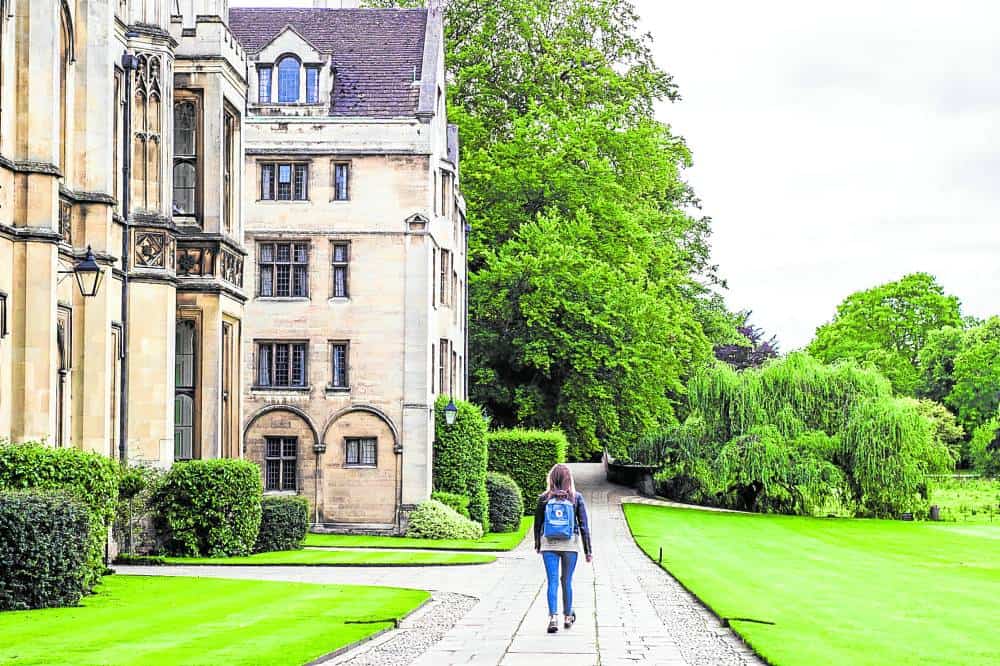
—Victoria Heath/Unsplash
A stroll away
Traffic congestion is always a challenge to everyone. Therefore, students and faculty members appreciate the convenience of residences near schools. The careful placement of condominiums or apartments in university zones allows students to be close to the academic community. The ideal property should also be within walking distance or has access to several kinds of public transit, such as jeepneys and tricycles.
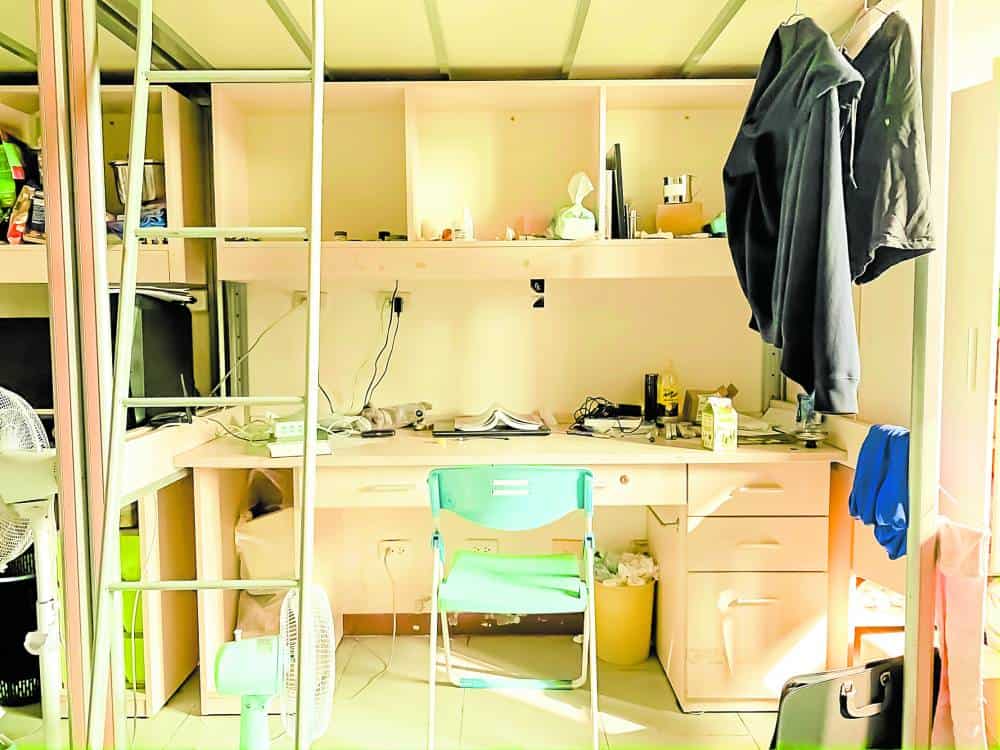
A secret space
Most incoming students probably don’t know what it’s like to share a room, so having your own space is more valuable. There is a growing trend among residences near colleges and universities to offer varying degrees of privacy to students—for example, in terms of occupants per room. Although shared rooms are unlikely to disappear completely, many developers prioritize studio units with privacy as their main offer. Nowadays, every enterprising youth desires a haven where they may do whatever they choose without interruption.
Amenities in and around lifestyle facilities should encourage students to live a healthy and balanced lifestyle. A fitness gym, swimming pool, roof deck and multipurpose function spaces for organizing school meetings and social activities are excellent features.
In addition, the location of these residences should have nearby restaurants, bars, cafés, local and foreign fast-food chains and convenience shops that reflect the cultural variety of Filipinos. The best way to spend a student’s life is by making unforgettable memories with friends and family.
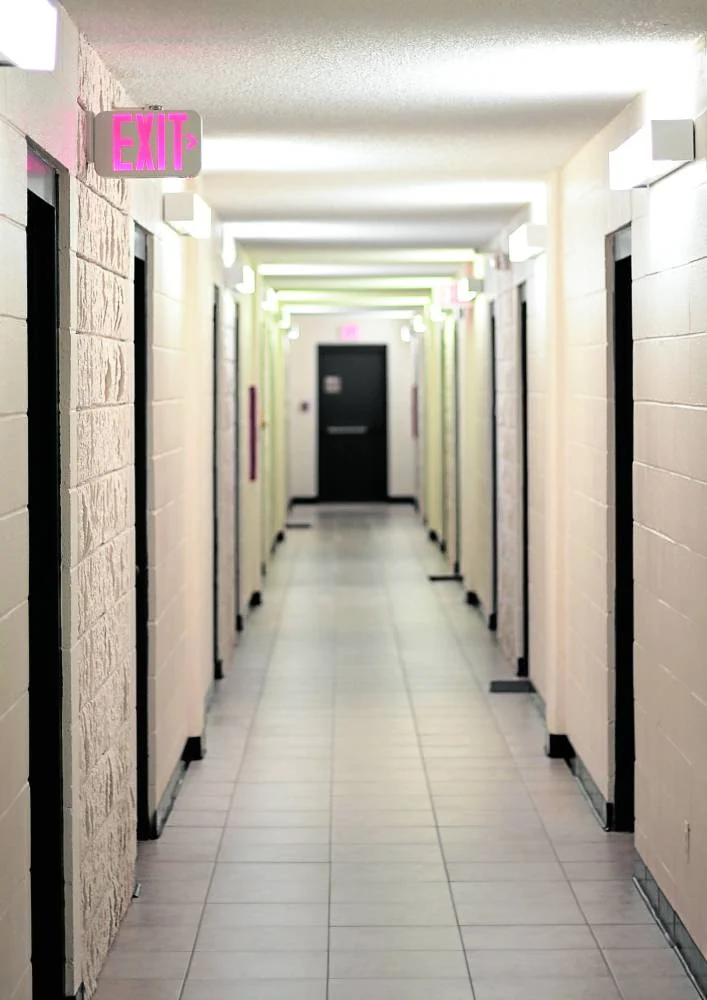
Internet, internet, internet
Students must have unlimited access to data and information, not only for their studies but also for their social life. More than ever, it all comes down to digital interaction especially nowadays. For this reason, make sure each residential unit must be capable of upgrading and updating to the latest internet technology that can provide dependable connection and fast speed. In addition, the development must have swift backup power on hand.
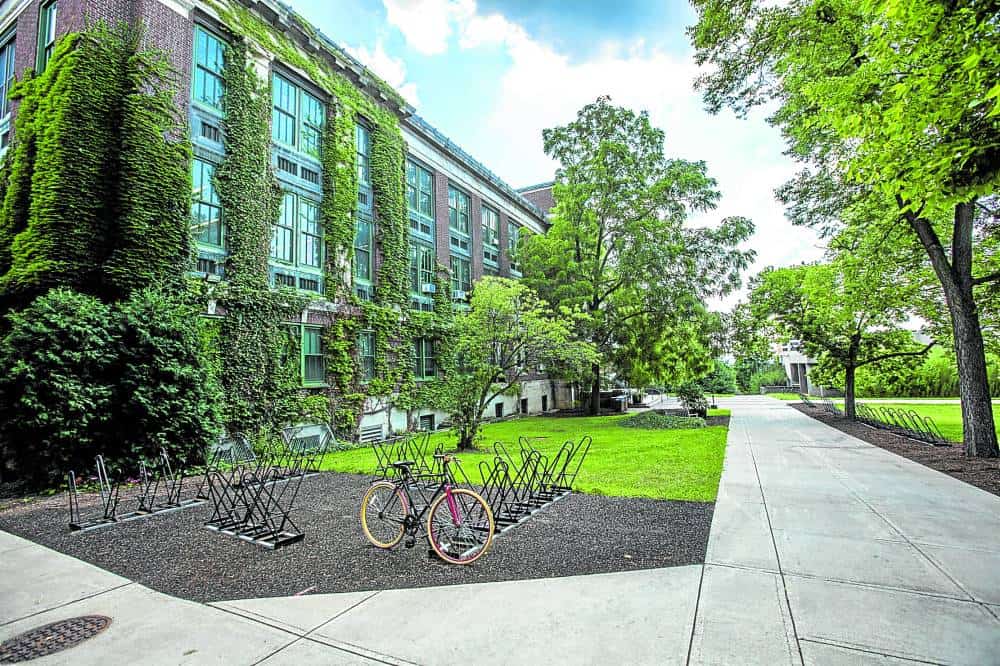
Safe and sound
It’s expected that parents will worry about their children’s welfare and will want to be assured that of the latter’s safety. As such, before investing in properties near universities, make sure there is 24-hour security monitoring in the building. The development must also include a secured reception area, emergency exits, smoke and fire alarms, sprinkler systems, generators, and reliable CCTV systems.
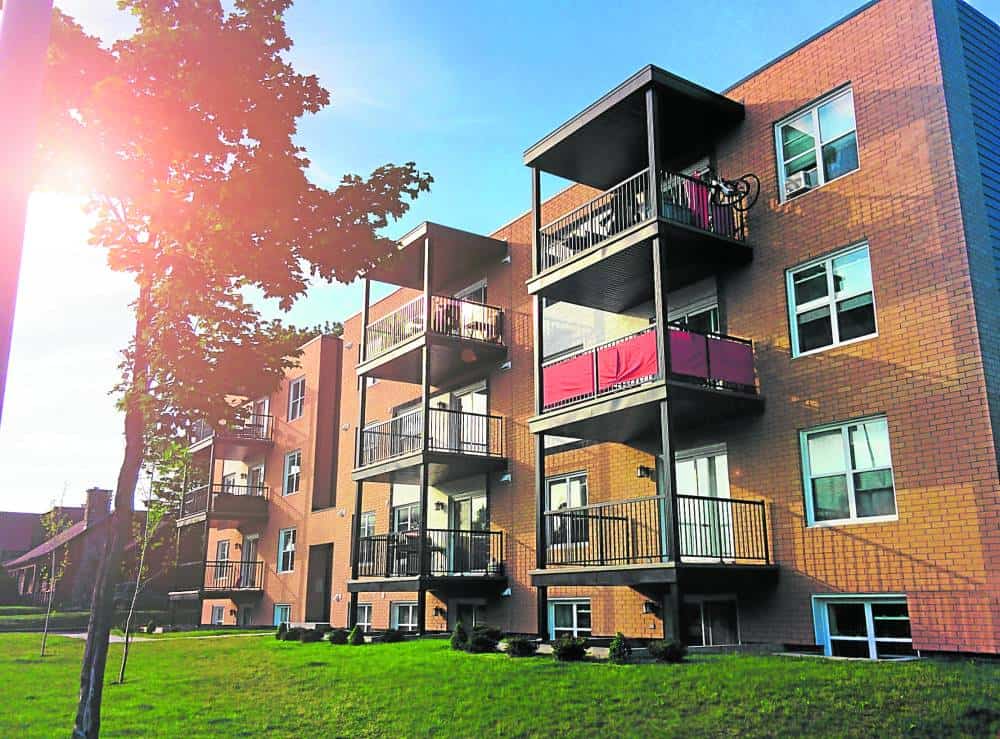
Growing wings with the right architecture
The most excellent setting for a university lifestyle is an intellectual community that fosters a sense of belonging for support and development. The property design should provide a caring environment that encourages young adults to develop their abilities, explore new hobbies, and connect with individuals who have similar passions.
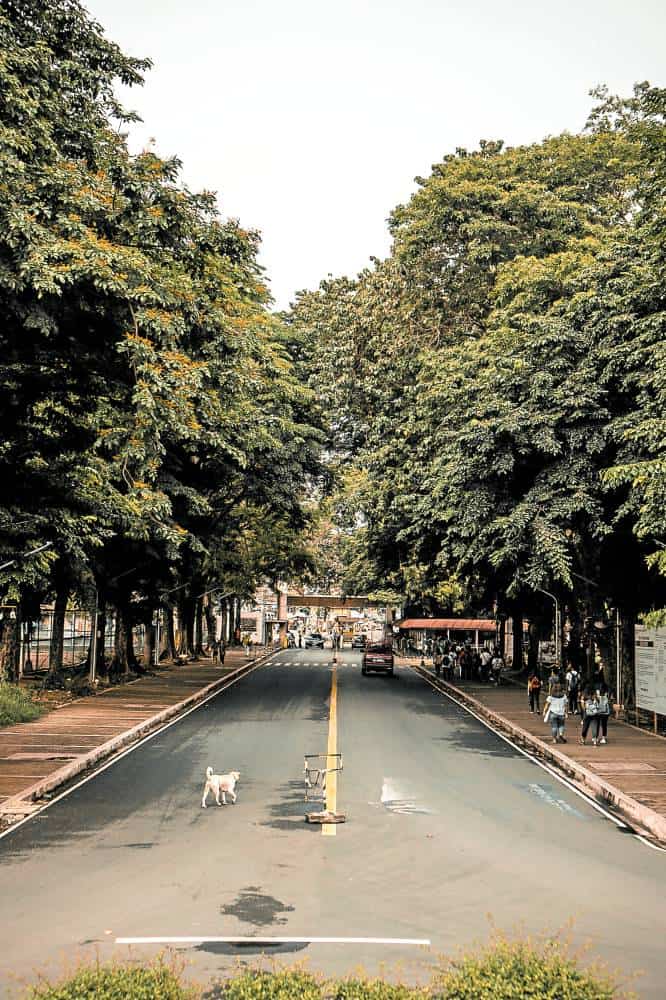
If you like this article, share it on social media by clicking any of the icons below.
Or in case you haven’t subscribed yet to our newsletter, please click SUBSCRIBE so you won’t miss the daily real estate news updates delivered right to your Inbox.
The article was originally published in Inquirer.NET and written by Ar. John Ian Lee Fulgar.







More Stories
Weekend wanderer: This walk in Manila is a trip to art and to our past
Enjoy no-frills camping in the great outdoors in Tanay
Landco Pacific raises the bar for premium resort and leisure living